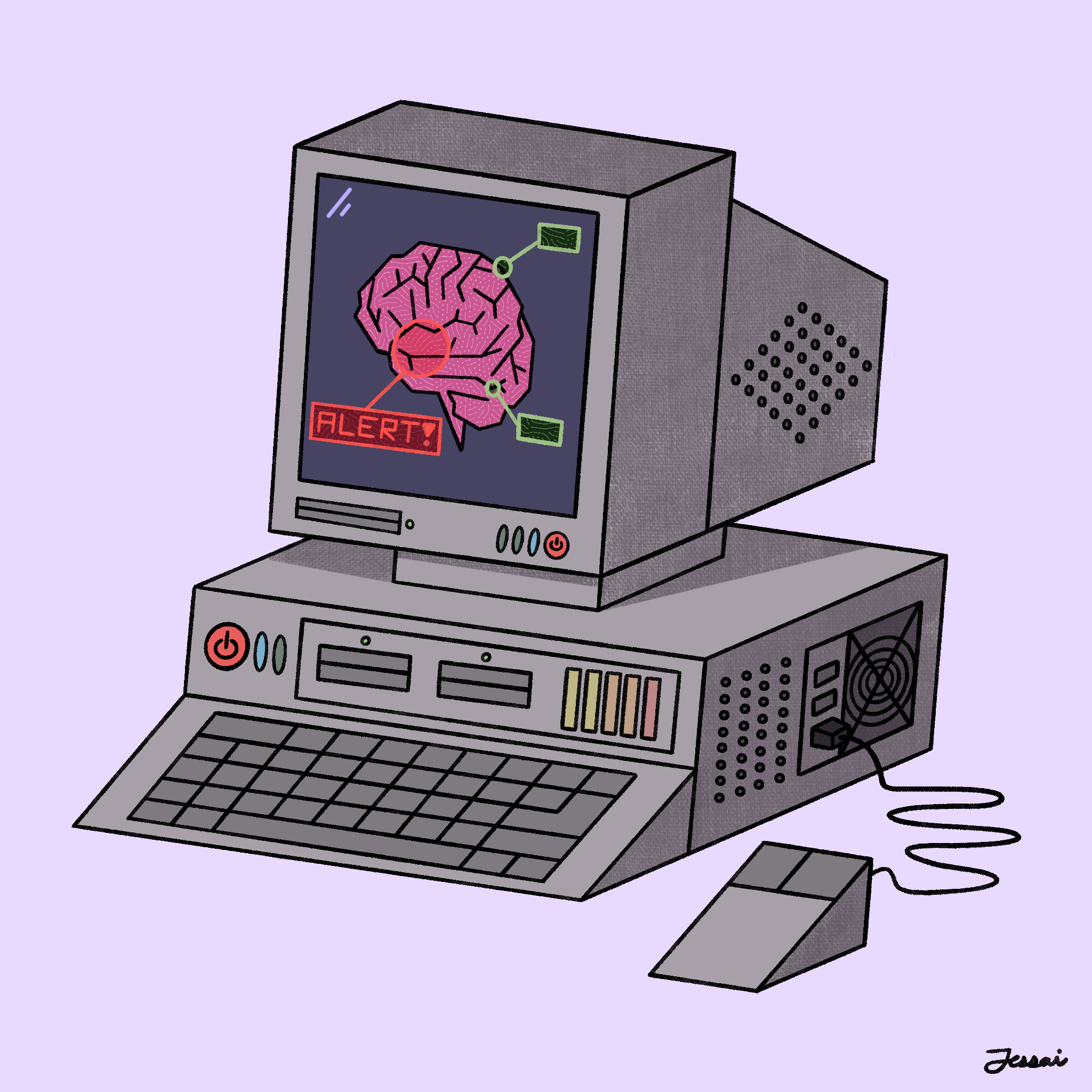Yale researchers receive grant to develop novel epilepsy brain-computer chip treatment
Yale researchers were awarded a grant from the Swebilius Foundation for their breakthroughs in increasing the functionality of brain-machine interface chips designed to treat epilepsy.

Jessai Flores
An interdisciplinary team of Yale researchers has designed brain-machine interface chips that, when implanted in humans, can reduce the rate of epileptic seizures.
More than three million people experience epileptic seizures in the United States, with 60 to 70 percent of patients able to successfully treat the condition with medicine. For the remaining individuals, surgically removing the parts of the brain where seizures arise, regardless of their role in everyday function, has been the only path toward mitigating the issue. A team of Yale computer scientists, engineers and surgeons have found that short-circuiting the path neurons fire during an epileptic seizure can successfully reduce the rate of seizures in patients. The Swebilius Foundation recently awarded the team a grant to continue its research.
“When the signature traits of a seizure are observed, the device stimulates that part of the brain, and it is not curative, but over time 60 percent of patients will get 50 percent fewer seizures than they had before,” said Dennis Spencer, professor emeritus of neurosurgery, who implants these brain-computer interface chips in patients.
The team is still working to increase the success rate. Currently, each chip contains two electrodes with four contacts. When attempting to short-circuit a seizure, a surgeon can only stimulate the brain on the linear path between those two electrodes.
The chips are uniquely targeted, both spatially and temporally, making them superior to medication or surgery for seizures that extend into critical regions of the brain. However, the chips’ targeted nature makes them inadequate in many cases when seizures follow a network of connections, moving quickly around the brain.
“There are multiple nodes we need to monitor and modulate in order to manage a seizure,” said Hitten Zaveri, assistant professor of neurology. “We need to do a lot more real-time processing, and the algorithms are more sophisticated and demanding, but we need to deliver all this on a tight power budget.”
The team is working to increase processing power through hardware-software synergies. Concrete subroutines, such as algorithms that store information, are hardcoded into the chips and are combined to create new treatment plans specific to the disease in question. It is similar to how a set of chords, or subroutines of a piano, can be joined together to create a beautiful composition.
“At the power budget that we have, which is 10-15 milliwatts, you really need to optimize down to the wire what you keep on board. It is literally a matter of life and death,” said assistant professor of computer science Aurag Khandelwal, who is a collaborator on the project.
Many patients have comorbidities associated with their epilepsy. These can include severe anxiety and depression. According to Spencer, such disorders often follow the same neural pathways in the brain as epileptic seizures.
The Yale chips have been designed to be multipurpose, meaning that the programs can be coded and uploaded to target other neurological and psychological disorders as well.
“The networks for anxiety and depression overlap a great deal with the networks we see responsible for seizures,” Spencer said. “Ultimately, the attempted treatment to help patients with horrible epilepsy may be a simultaneous attempt to control their anxiety and their seizures. That is the long term mission.”
The team’s paper outlining its design for the chip, “Hardware-Software Co-Design for Brain-Computer Interfaces,” was selected for inclusion in Institute of Electrical and Electronics Engineers, or IEEE, Micro’s Top Picks in Computer Architecture magazine as one of the top computer architecture papers published in 2020.







